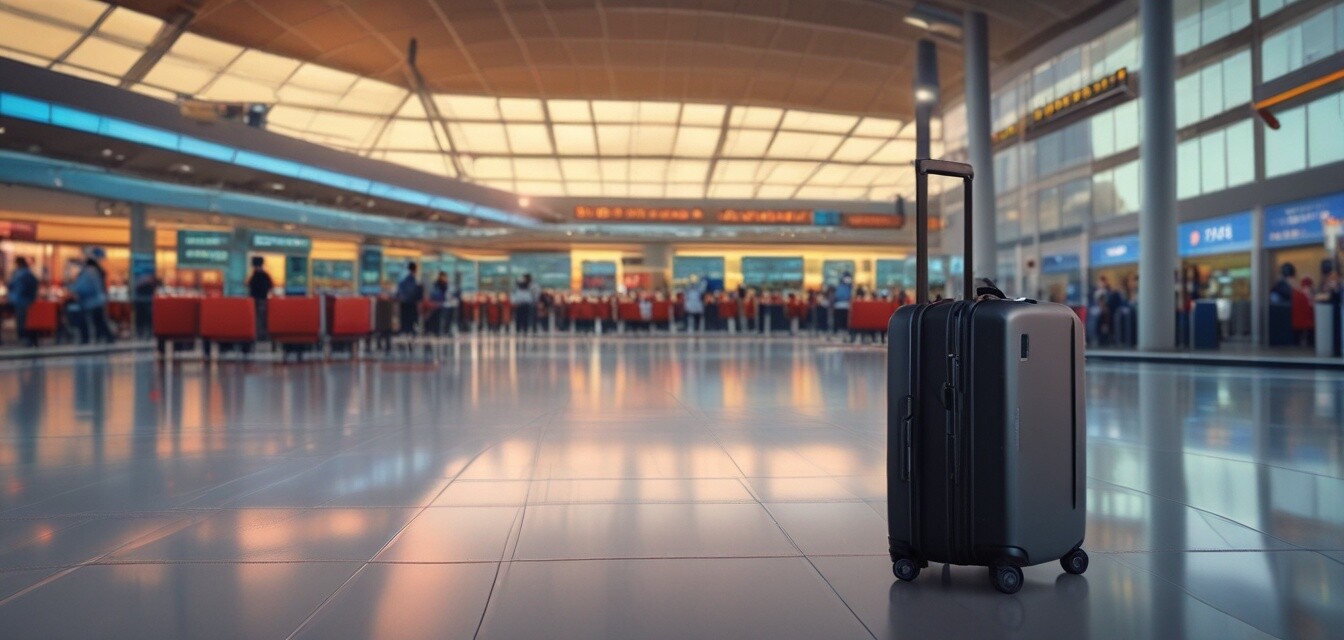
The Evolution of Smart Luggage Design
Smart luggage has transformed the way we travel, incorporating groundbreaking technology to enhance our experiences. As modern travelers have different needs, the design of smart luggage has evolved significantly over the years. In this article, we will explore this evolution and how it caters to today’s travelers.
Key Takeaways
- The integration of GPS technology into luggage design has become a game-changer for travelers.
- Modern smart luggage incorporates features such as built-in charging ports, weight sensors, and anti-theft measures.
- The design aesthetics of smart luggage have evolved to include lighter materials and more user-friendly interfaces.
- Market trends indicate a growing consumer interest in environmentally sustainable options.
- Understanding these trends can help potential buyers make informed decisions on their travel gear.
1. The Rise of Smart Luggage
The journey of smart luggage began in the early 2000s when the concept of electronic tagging started gaining traction. The initial design focused on adding basic technology to traditional luggage. Here's an overview of this early evolution:
| Year | Innovation | Highlights |
|---|---|---|
| 2005 | Electronic tagging | Introduced basic tracking functionality. |
| 2010 | GPS Integration | Allowed real-time tracking of luggage via mobile apps. |
| 2015 | Smart features | Introduced built-in chargers and weight sensors. |
2. Modern Functionalities of Smart Luggage
Today’s smart luggage includes an array of functionalities to simplify travel. Some key features include:
- GPS Tracking: Enables travelers to track their luggage in real time.
- Built-In Charging Ports: Allows convenient charging of electronic devices while on the go.
- Weight Sensors: Alerts users if the luggage exceeds airline weight limits.
- Anti-Theft Features: Incorporates security measures to deter theft.
- Mobile App Integration: Provides notifications and updates directly to the user’s smartphone.
2.1 Enhancements in Design and Materials
The material and design aesthetics used in smart luggage have greatly improved. Lighter and more durable materials are now being used. Below is a comparison of traditional and modern materials:
| Aspect | Traditional Luggage | Smart Luggage |
|---|---|---|
| Weight | Heavier materials, such as canvas and leather | Ultra-lightweight plastics and alloy frames |
| Durability | Wear and tear over time | Scratch-resistant and waterproof finishes |
| Design | Basic and functional | Modern, sleek, and stylish designs |
3. Sustainability Trends in Smart Luggage
As the market for smart luggage expands, sustainability has emerged as a critical focus. Many manufacturers are now prioritizing eco-friendly options:
- Use of recycled materials in luggage design.
- Reduction of carbon footprint in production processes.
- Encouraging long-lasting product designs to minimize waste.
3.1 Consumer Preferences
The consumer base is increasingly becoming aware of environmental impact, driving demand for sustainable choices. Brands that promote eco-friendly practices are likely to gain traction. Consider exploring our Travel Tips section for insights on sustainable travel practices.
4. Future of Smart Luggage Design
The future of smart luggage appears promising with continuous advancements in technology. Potential innovations may include:
- Integration of artificial intelligence to optimize packing and organization.
- Enhanced biometric security features for personalized access.
- Augmented reality features to improve navigation through airports.
5. Conclusion
Smart luggage has come a long way in its design and functionality, meeting the evolving needs of travelers. As technology continues to advance, we can expect even more exciting developments in this space. For more on the latest trends, check out our News & Trends category.
Pros
- Enhances travel convenience through technological features.
- Reduces luggage loss with GPS tracking.
- Makes charging devices easy while on the go.
Cons
- Higher initial investment than traditional luggage.
- Potential technical issues that can arise.
- Additional weight due to built-in electronics.
Tips for Choosing Smart Luggage
- Look for products with good reviews on durability and reliability.
- Check for warranty options when purchasing.
- Consider your travel habits to select features that suit your needs.